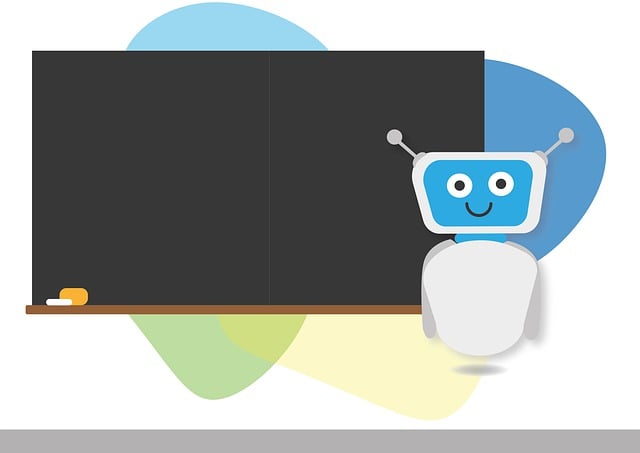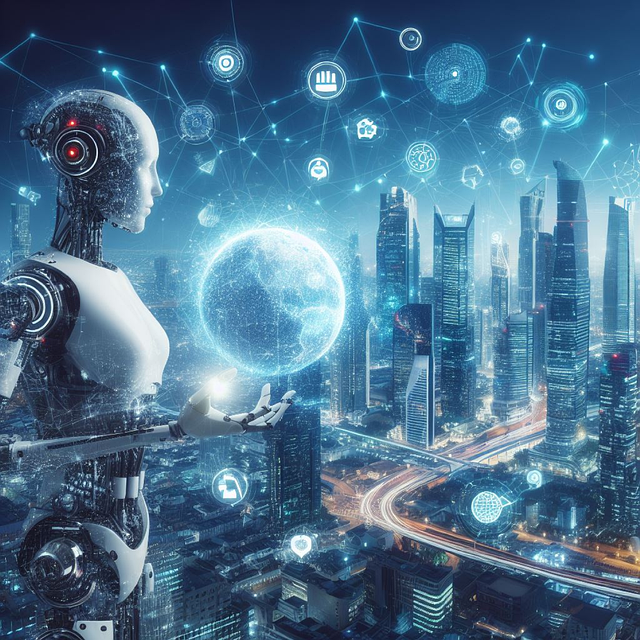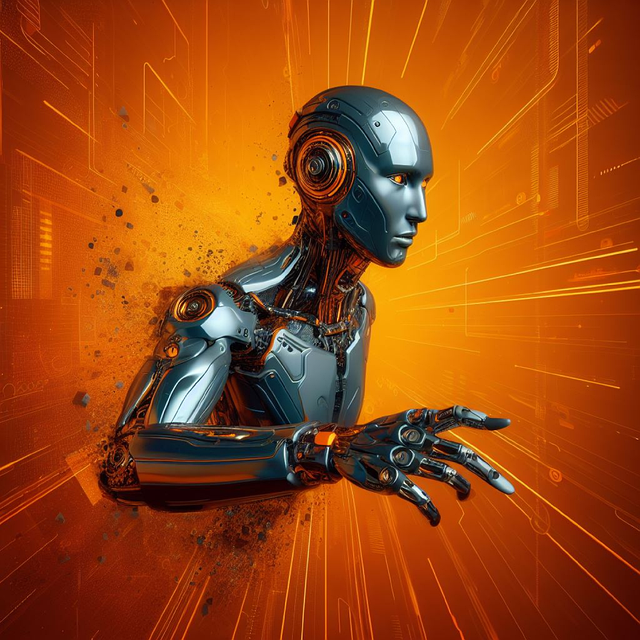AI assistants, powered by advanced machine learning, are transforming modern workplaces by mimicking human interactions beyond task automation. They manage schedules, organize meetings, draft emails, and offer personalized recommendations based on data. By automating repetitive tasks, these assistants free up employees' time for creative and strategic work, boosting productivity and job satisfaction. AI assistants excel at data analysis and handling large volumes of information swiftly, with a significant impact in customer service where chatbots handle initial inquiries. Strategic training and integration are crucial for successful implementation, fostering continuous learning and enhancing human-AI collaboration.
In today’s digital era, AI assistants are transforming workplaces, boosting efficiency, and revolutionizing tasks. This article delves into the multifaceted role of AI technology in enhancing productivity and streamlining routine work. We explore how AI assistants can be leveraged to automate repetitive jobs, improve decision-making processes, and foster a more integrated workplace. By understanding their capabilities and implementing optimal adoption strategies, businesses can harness the full potential of these game-changing tools.
- Understanding AI Assistants and Their Role in the Workplace
- Enhancing Efficiency: How AI Technology Boosts Productivity
- Streamlining Tasks: Automating Routine Work with AI
- Training and Adopting AI for Optimal Workplace Integration
Understanding AI Assistants and Their Role in the Workplace

AI assistants, powered by advanced machine learning algorithms, are transforming the modern workplace. These intelligent tools are designed to mimic human-like interactions, understanding and responding to natural language queries. Their role extends far beyond simple task automation; they act as virtual colleagues, enhancing productivity and streamlining workflows.
In the bustling work environment, AI assistants can efficiently manage schedules, organize meetings, draft emails, and provide personalized recommendations based on individual preferences and past performance data. By offloading repetitive tasks, these assistants free up valuable time for employees to focus on creative, strategic, and high-value activities. This not only improves overall output but also fosters a more satisfying and fulfilling work experience.
Enhancing Efficiency: How AI Technology Boosts Productivity

AI assistants have transformed the way work is done, significantly enhancing efficiency across industries. By automating repetitive tasks and streamlining workflows, AI technology frees up employees’ time, allowing them to focus on more complex, creative, and strategic responsibilities. This shift leads to increased productivity and improved job satisfaction, as workers can tackle challenges that require critical thinking and problem-solving skills.
These virtual assistants excel at data analysis, providing valuable insights and predictions that can drive better decision-making. They can process vast amounts of information quickly, identify patterns, and offer tailored recommendations, enabling businesses to optimize their operations and stay ahead in the market. This boost in efficiency is particularly notable in customer service, where AI chatbots handle initial inquiries, freeing up human agents to address more intricate issues.
Streamlining Tasks: Automating Routine Work with AI

AI assistants have transformed how tasks are completed in the workplace, streamlining processes that were once manual and time-consuming. By automating routine work, AI can handle repetitive actions with speed and precision, allowing employees to focus on more complex, creative tasks. This shift not only increases efficiency but also reduces errors caused by human fatigue or inattention.
For instance, tasks like data entry, scheduling meetings, or even customer service inquiries can be handled by AI assistants, freeing up valuable time for workers to engage in strategic planning, innovation, and enhancing client relationships. The result is a more productive workplace where employees are empowered to contribute at higher levels.
Training and Adopting AI for Optimal Workplace Integration

Training and adopting AI assistants requires a strategic approach for optimal workplace integration. It’s essential to provide comprehensive training programs that educate employees on how to effectively interact with AI tools, understanding their capabilities and limitations. This involves clear communication about data privacy, ethical considerations, and the expected outcomes of AI implementation. By fostering a culture of continuous learning, organizations can ensure that staff members feel empowered to embrace new technologies.
For seamless integration, AI assistants should be tailored to specific job roles and industry needs. Customizing these tools allows for more precise automation of routine tasks, enhancing productivity and employee satisfaction. Regular feedback loops between employees and AI systems are crucial, enabling improvements and adaptations based on real-world usage scenarios. This iterative process ensures that the AI assistant becomes a valuable asset, augmenting human capabilities rather than replacing them.






